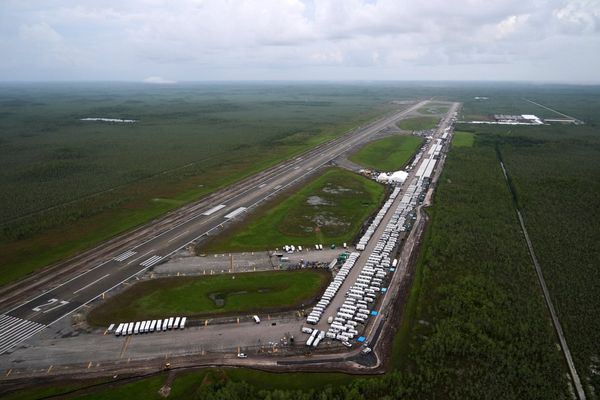
Much of the mortgage pain driven by interest rate hikes has yet to be felt by households, with about half of the impact still set to flow through to families with fixed-rate loans, the RBA says.
In a speech on Monday, RBA assistant governor Christopher Kent said only 45 per cent of the central bank’s rate squeeze had been passed through to households in 2022, with about 1.5 percentage points in higher repayments set to hit households over the rest of 2023 and 2024.
It means that while the RBA hikes have pushed up monthly repayments on a $500,000, 25-year variable mortgage by about $983 in the past year, only a sub-section of families have been hit.
One reason for that is because large numbers of households fixed their mortgages during COVID, Mr Kent said, effectively deferring the effect of higher rates for several years.
“Half of the remaining fixed-rate loans are due to roll off over the course of this year (or about 880,000 loans),” Mr Kent said.
“As those fixed-rate loans reset at a higher interest rate, borrowers will be faced with a sizeable jump in their required mortgage payments.”
Warnings about the long tail of rate hikes come after 10 increases in a row from the RBA, which has lifted its target cash rate from a record-low 0.1 per cent to 3.6 per cent to curb high inflation.
The idea is that higher rates force families to reduce their spending on goods and services, making it more difficult and costly for businesses to increase their prices even further.
Effect delayed
But this effect has been delayed, with Mr Kent suspecting that borrowers on fixed rates have not adjusted their spending yet in anticipation of high repayments.
Another factor causing the delay is that households built up large buffers in their mortgage offset and redraw accounts during lockdowns.
“If borrowers decided not to make any extra mortgage payments for a time, it would take around four quarters for the additional buffer built up during the pandemic to run down,” Mr Kent said.
“If borrowers allow these additional savings to run down even to some extent, it will help to sustain their current spending in an environment of higher interest rates and cost-of-living pressures.”
Mr Kent said the RBA was closely monitoring the transmission of higher rates to households and spending ahead of a crucial April rate decision, which could see the bank pause its run of rate hikes for the first time since they began in May 2022.
Westpac economists predicted as much last week amid signs the economy is slowing faster than expected, with one more rate hike tipped in May before more pauses in June and July.








